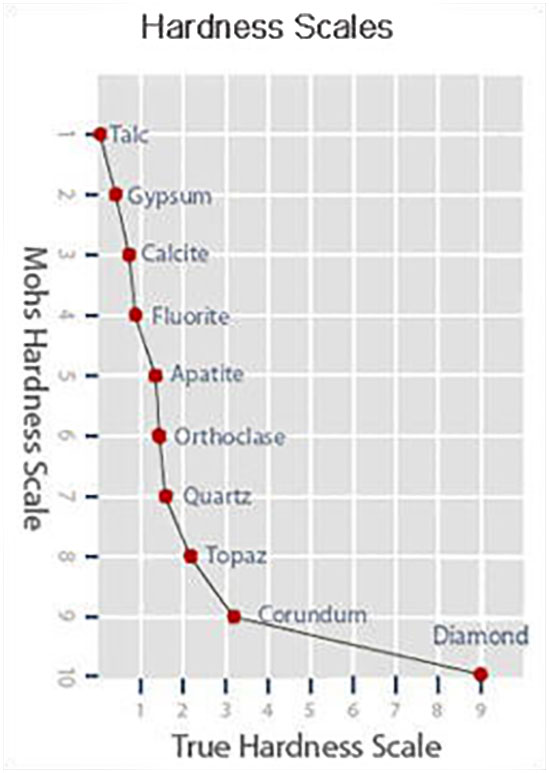Gem Stones

This page gives you general information which I hope will be useful in helping you to know what you are buying when you look at coloured gem stones.
Generally…
Coloured gem stones fall into two categories: Precious and Semi-precious. The distinction rests primarily on rarity but there is also a traditional aspect. Precious stones are generally held to be Diamond, Ruby, Sapphire and Emerald although other stones have been included in this category at other times in history. You can see that this is, in some ways, an arbitrary classification when you consider that Emerald is a green colour of the mineral Beryl and is considered to be precious whereas all the other colours of beryl, blue, (aquamarine) red (bixbite), yellow (heliodor) and pink (morganite) are all considered semi-precious. The list of semi precious stones is huge. It’s basically anything that’s pretty but not on the precious list.
As with diamonds, coloured gemstones are graded by various different qualities:
Cuts
Traditionally it was the clarity of a stone that determined how it was cut with clear stones being facetted and opaque stone cut ‘en cabochon’. Another factor, however, is hardness, as facets cut into soft stones will tend to wear away over time and the surface will become scratched and dull. Despite this, clear stones are also cut en cabochon, especially where the design of the piece demands smooth regular lines. Cutting a clear stone like this will emphasize the richness of its colour whereas faceting the stone will emphasis it’s clarity by causing it to sparkle.
Hardness
The hardness of a stone is measured on a scale of 1 to 10. This scale is known as the Mhos scale and was developed by the famous bar man featured in the television series, ‘The Simpsons’. (maybe) Each place on the scale is represented by a mineral of that hardness with Talc at number one (Please note, blokes, it’s not ‘hard’ to use talc) and diamond at ten. As a rule stones with a hardness less than 7 would be more suitable for cutting ‘en cabochon’.
It’s worth mentioning that Mohs developed his hardness scale in 1812 and it’s a relative scale rather than an absolute one. It’s based on which minerals will scratch other minerals rather than anything more fundamental. For instance, corundum is twice as hard as topaz, but diamond is almost four times as hard as corundum yet there is only one step between each of these three minerals. The table on the right shows both Moh’s scale and actual hardness.
For practical purposes, you want to choose stones that will withstand the rigors of everyday wear. Facetted emeralds are a popular choice for rings but, at hardness 7.5 you’re going to find that the facets wear off much faster than either a sapphire or ruby both of which are hardness 9. For earrings and pendants, of course, this is not such an issue seeing as these pieces come in for much less wear.

